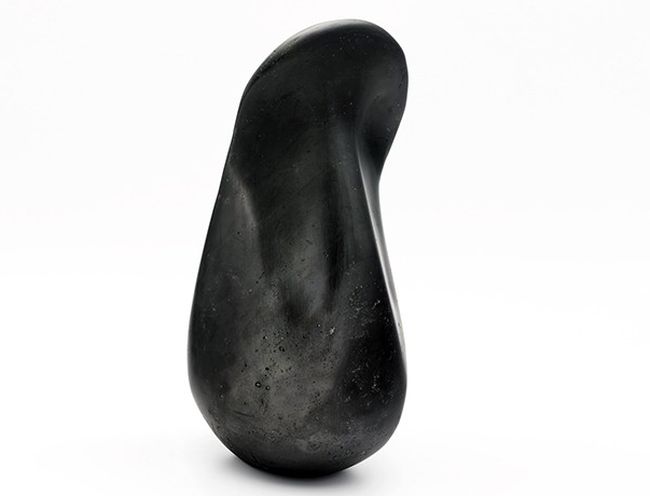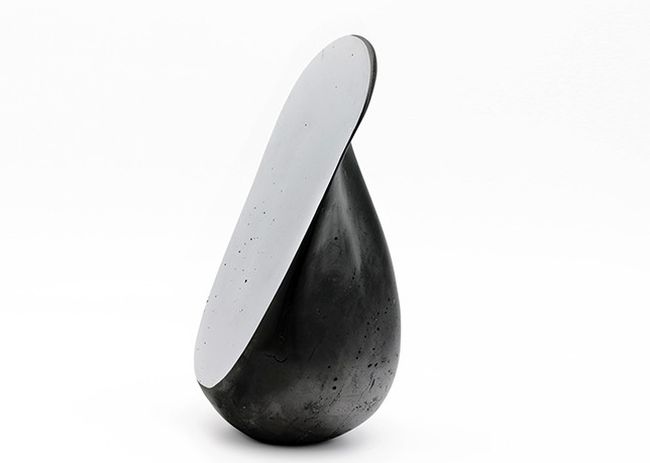Obsidian Mirror
An altogether new material formed from chemical waste is transformed by a pair of designers into a stylish, minimalist object


Rather than chemical waste becoming a gloopy and grim decorative slime fit for only the local landfill, one studio has successfully fashioned a sleek and stylish mirror from a glass recycling byproduct.
By melting down residue and ash during the process of raw material extraction, it's possible to construct something called synthetic obsidian - a dense material similar to glass that originates from chemical waste. Lonneke Gordijn and Ralph Nauta of Studio Drift found a potential use for this material with the Obsidian Mirror, a concept use-case for synthetic obsidian that the two hope will spark conversations about other applications for formerly unpleasant materials.
Lonneke Gordijn told Dezeen Synthetic Obsidian is a "new raw material," and although it is borne from hazardous chemical waste, it is "completely transformed on a molecular level into a safe and beautiful material." Taking the final product's origins into account, the designers wanted to reflect the opposite of waste - turning it into a decidedly pure object. They're now looking into ways to safely mass-produce the material.
As longevity and sustainability increasingly enters the vernacular of both conscious consumers and designers, we're likely to witness more projects that make use of industrial waste. Another recent example is Terracase, a high-design luggage that emerged from a thesis studying biowool and ways to extracting value from coarse wool.





Discussion